Book Review - Arthur Conan Doyle's The Valley of Fear
 The Valley of Fear by Arthur Conan Doyle
The Valley of Fear by Arthur Conan Doyle
Published by: Book-of-the-Month Club
Publication Date: 1915
Format: Hardcover, 320 Pages
Rating: ★★
To Buy (different edition than one reviewed)
Holmes has a snitch in Moriarty's organization. This snitch warns him of the impending murder of one John Douglas. Just as Holmes finishes perusing the note the police arrive to ask for
his help in the murder of one John Douglas of Birlstone Manor in
Sussex. Holmes's snitch lost his nerve and sent the note too late. Of course this only whets Holmes's appetite for the crime, because it obviously has some connection to Moriarty. The case is a perplexing one. Birlstone Manor is a moated property, with the drawbridge raised every night. John Douglas was shot at point blank range with a double barrelled shotgun blast to the face, yet only his house guest, Cecil Barker, heard the shot and was at the scene of the crime in minutes. Yet he didn't see the shooter. The only way the killer could have escaped is out the window and across the moat, which could be waded. Yet there are too many inconsistencies with the story and two things bother Holmes. One is that the victim's wedding ring was removed, though it was always beneath a second ring, which was still present. But more importantly, there is an exercise weight in the room. Only a single one. Where is it's mate? As Holmes pieces together what happened at Birlstone Manor he realizes that it is only the dead man or his killer who can tell the whole story, going back years ago to America, long before Cecil Barker met John Douglas, to the time before John's first marriage, to the deadly Scowrers.
The Valley of Fear is an odd edition to the canon of Sherlock Holmes. Once again Arthur Conan Doyle bowed to the pressure of his reading public and brought back his famous consulting detective, but in the most halfhearted way possible. The entire book feels as if it's balanced on a knife's edge between the extremes of not caring and finding some way to make it about anything other than Holmes. The most obvious aspect of Conan Doyle's laziness is that the structure of the book harks directly back to A Study in Scarlet. First half Holmes, second half America, back to Watson for the epilogue. This structure didn't really work the first time yet here we are in the same situation again. Yet this recurrence could have been forgiven had the initial mystery held, oh, I don't know, some mystery. What is in essence a locked room mystery, the cornerstone of compelling whodunits, is anything but captivating. In fact I was far more interested in the architectural design of the house where the murder occurred which was reminiscent of Madresfield Court, which is the ancestral seat of the Lygon family, than the crime which I solved ludicrously fast. You might say, oh, she's over-exaggerating her own crime solving prowess and the murder really was worthy of Holmes. No, I'm not, and no, it was not, hence my being able to solve it with such rapidity. The second the corpse was revealed with his face blown off and a missing wedding ring, I knew that the corpse laying on the floor wasn't the intended victim. It was all stage dressing, and clumsily done at that.
Which brings me back to the fact that this wasn't a crime worthy of Holmes. And the truth is, I think Conan Doyle did this on purpose. He no longer wanted to write about Holmes, so he couldn't be bothered. In fact with the second half of the book being set in America and not concerning Holmes he is quite obviously taking a step back from his famous detective. Holmes isn't really necessary for this story to work, he's more a deus ex machina, coming in and explaining what happened to wrap everything up. The Valley of Fear is written in such a way that it's a Sherlock Holmes book without really being a Sherlock Holmes book. All the writing prowess of Conan Doyle was exerted in the second part of the book with the Scowrers. Here he cared about writing a compelling narrative about evil men and secret societies. This is where Conan Doyle wanted to focus his energies, and so he did. He created a rather compelling second act, and I'm sure, if it was up to him, that would have been all he wrote. But he halfheartedly put together this framing device with Holmes so that the book is "technically" a Sherlock Holmes book. It makes me wonder what his reading public thought of it when it was published in 1915. Did they feel cheated? Was it a bait and switch? Or were they OK with the book because it had been ten long years since they'd had any new stories and therefore they took what they could get?
Or was the public appeased because of the Moriarty factor? Because incongruously, there is a strong Moriarty factor. I say incongruously because when this Napoleon of crime was introduced in "The Final Problem" he had never been heard of before. In fact Watson makes a big to-do about not knowing anything about Holmes's so-called arch-nemesis. Yet here Conan Doyle is going against his own set canon having Moriarty wandering about prior to "The Final Problem" with Watson and the police all in the "know." It feels like there's too much back-peddling and re-writing in The Valley of Fear for my taste. Conan Doyle didn't know that Moriarty would seize the imagination of his readers so strongly, therefore he was underused at the time, just a device to rid himself of Holmes. Yet seize their imaginations he did and Conan Doyle brought him back in the only way he could. So whereas his love of writing Holmes might have waned, he still was intrigued by this master criminal and was therefore willing to bring him back as a way to enliven Holmes's narrative. It was also probably a way to remind his readers that at any time Holmes might stop exhibiting his deity-like powers and be resurrected no more. So, perhaps it was more a threat than anything else? But the problem of Moriarty, coupled with the book's structure, is the whole story feels like it's in some way-back machine where it was picking and choosing what had previously worked and creating some semblance of a Holmes story while really wanting to be anything but.
What surprised me about The Valley of Fear was that unlike A Study in Scarlet, the American half of the book actually felt fresh and compelling. Unlike the bizarre fever dream of Mormonism in A Study in Scarlet, Conan Doyle creates a gritty world reminiscent of Deadwood and Dashiell Hammett's Red Harvest. This actually feels like a probable America, most likely because it was loosely based on real events. Reading it I was surprised by how relevant and modern it felt. When you think about Sherlock Holmes it is always as that outre detective working within a staid Victorian society. There is that nostalgia factor. Yet as Stephen Moffat and Mark Gatiss so rightly did when they revitalized the stories for Sherlock they focused on the fact that the stories weren't meant to be caught in these Victorian trappings. The stories were contemporary, of their time, and fresh. Why else were they so popular? Reading them a hundred years later it is almost impossible not to be caught up in the Victoriana, in the minutiae. But then you read The Valley of Fear and it smacks you in the face. It's so alive, so dark, so gritty, so full of corruption and bleakness that you get it. All of a sudden you get that Conan Doyle, while somehow caught in the amber of the past, really isn't of the past, he's creating studies of human nature that are just as relevant today as they were a hundred years ago!
Yet for all that is right, he still has some American issues. Much like we, as readers, have stereotyped him as the writer of the preeminent Victorian consulting detective, he has stereotyped us Americans. And once again the misconceptions and errors run rampant. Firstly, seeing as every American woman is trapped in a doomed love triangle where one of the suitors kills the other, usually after years, where is my doomed love triangle? I have spent my entire life to date without a doomed love triangle and according to Conan Doyle that means I'm not a real American woman. Also, where the hell does this story take place? For a quarter of the book I was sure it was somewhere out west, but slowly I had inklings that it might be Pennsylvania, and since when is Detroit considered the far north? Because Madison is more north than Detroit... so what does that make where I live? Probably Canada according of Conan Doyle... And while I really liked the inclusion of the Pinkertons, and oh, the irony of them being founded by a Masonic Order only to bring one down, I do laugh, I have Pinkerton issues. Mainly my Pinkerton issues are that by this time Pinkertons weren't all good guys. In fact, not to put to fine a point on it, they were kind of evil with their tactics and strikebreaking. So while they do employ underhanded techniques, their ambiguous moral code isn't even touched upon, making them kind of look like heroes, when they are anything but. But then again, Conan Doyle isn't really one for the whole "accuracy" angle, especially as regards anything American.

























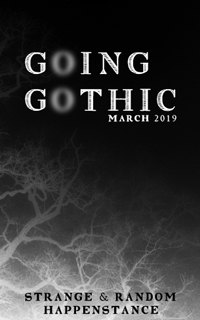
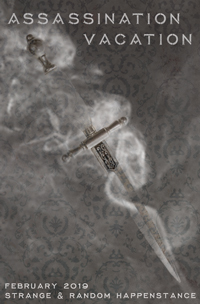
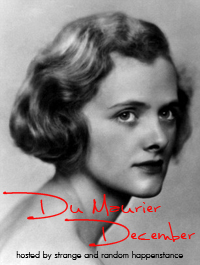
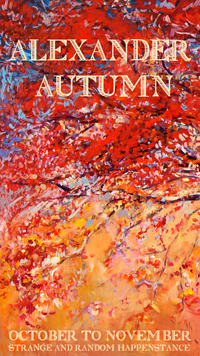





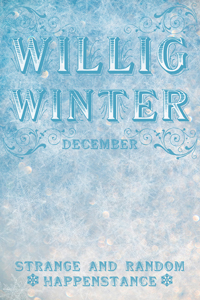

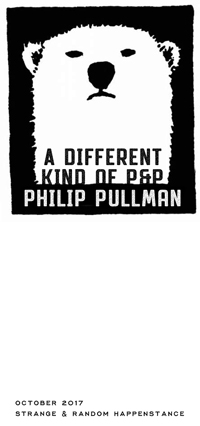



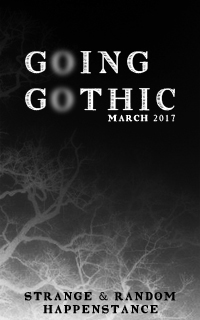

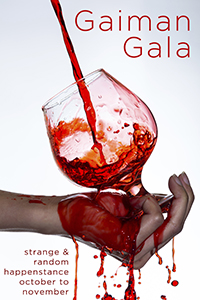
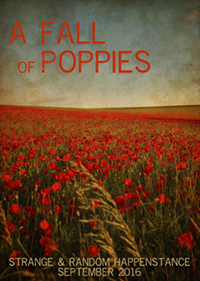



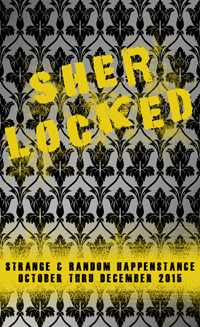
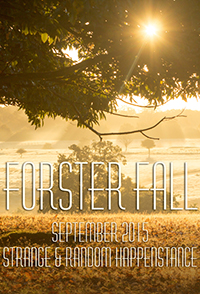

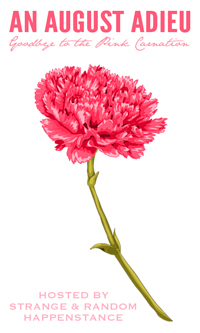

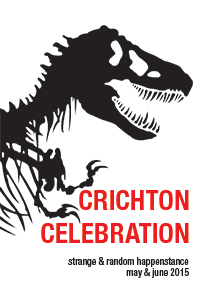


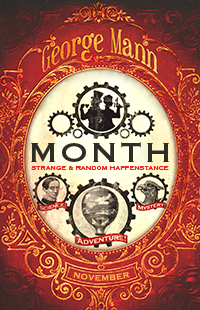

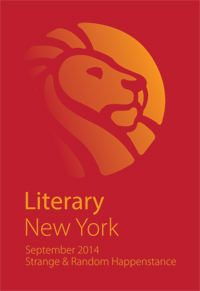
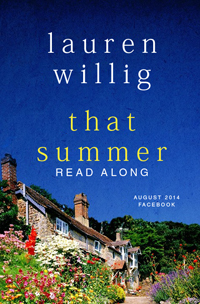



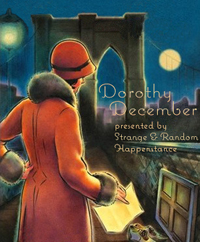






















Post a Comment